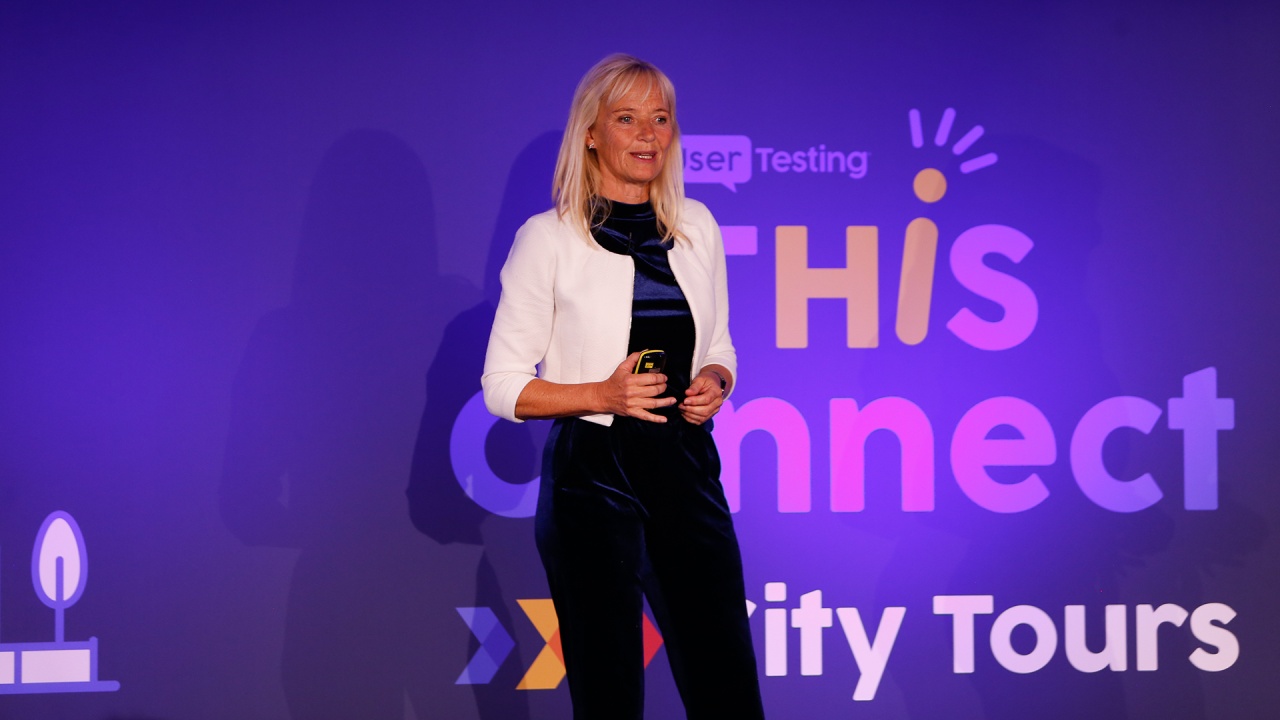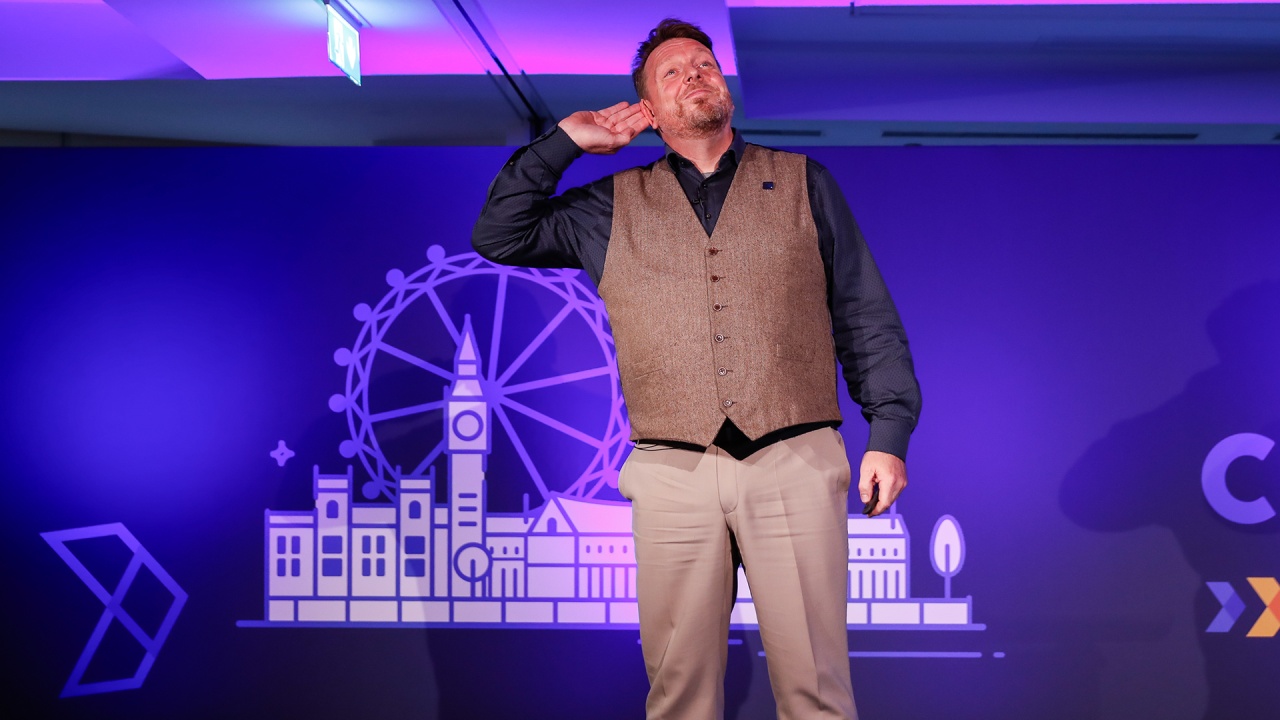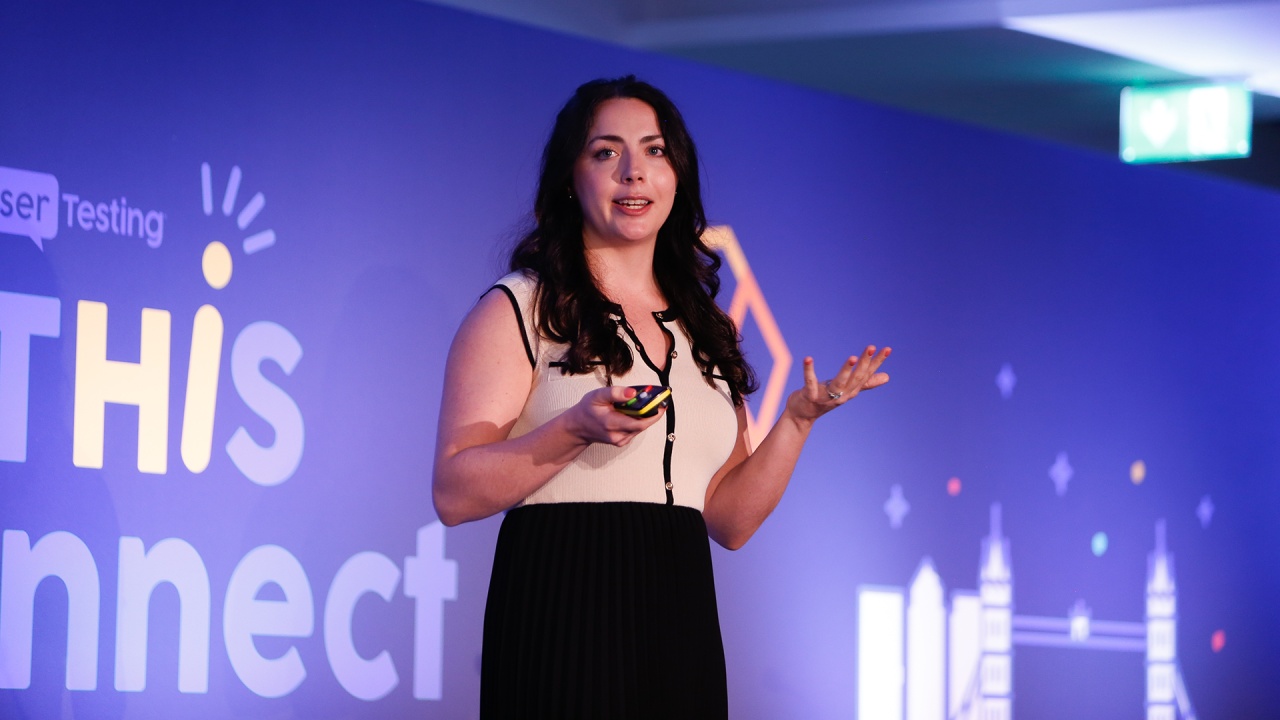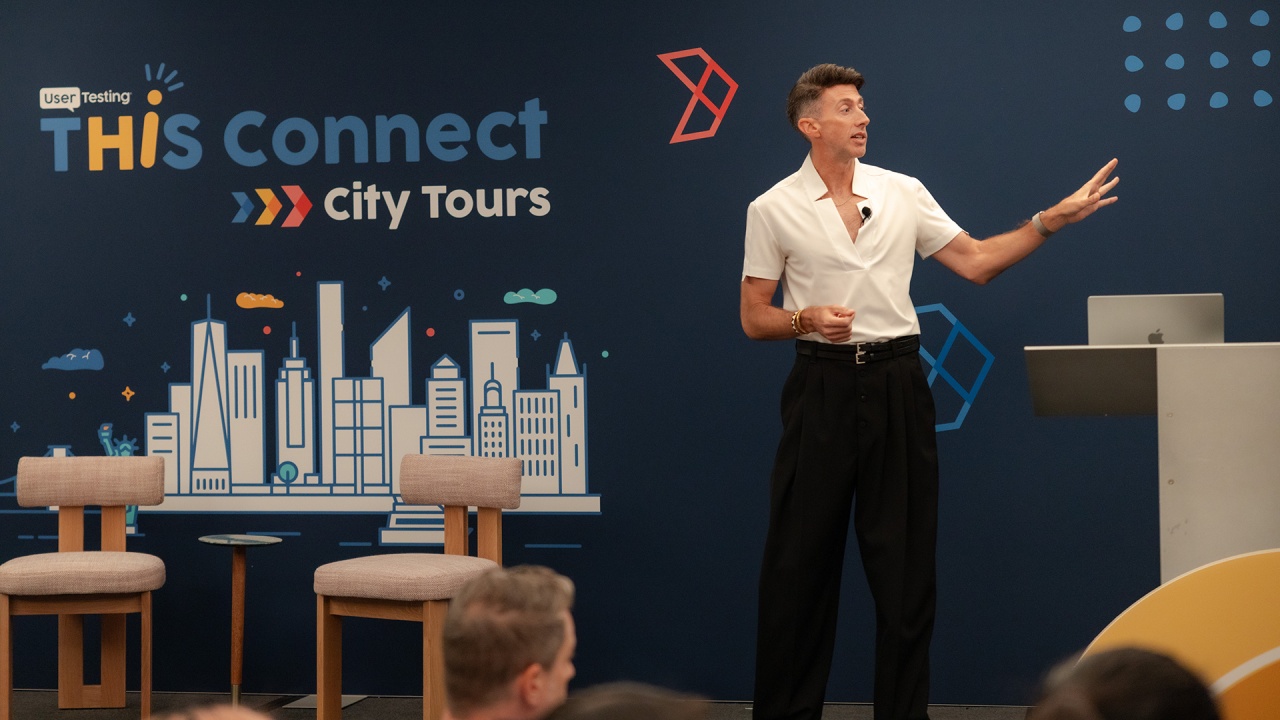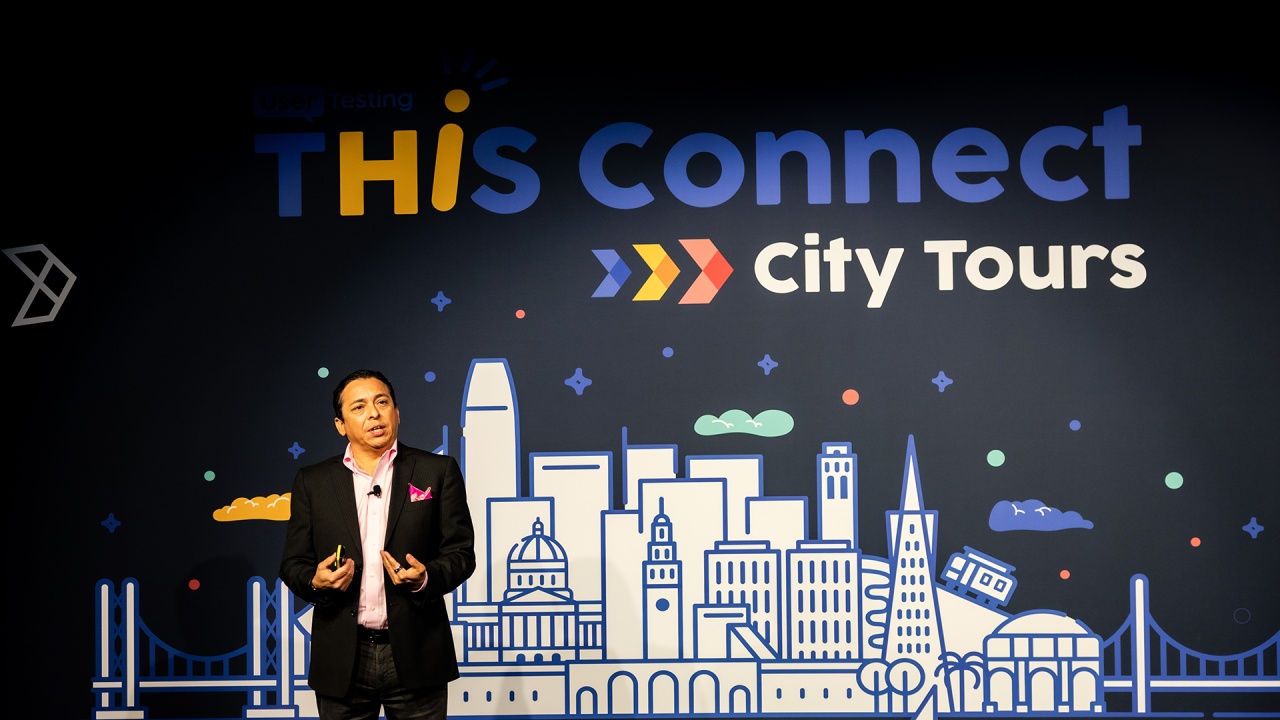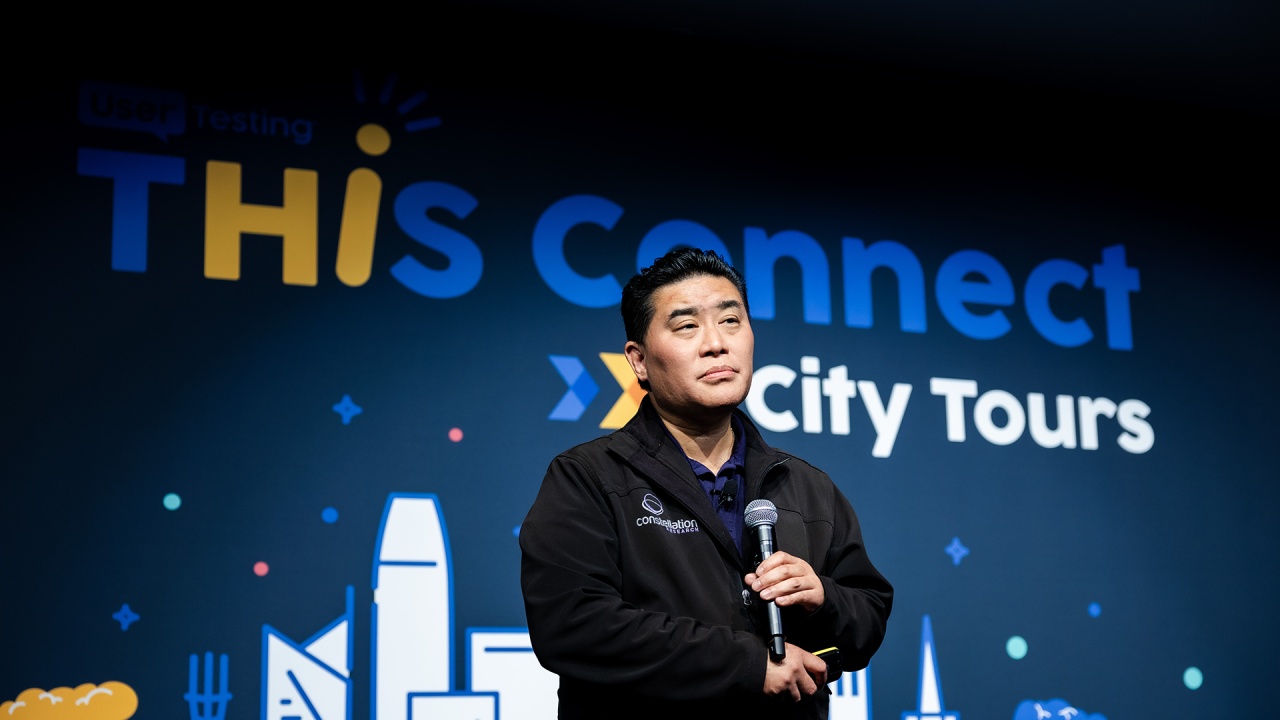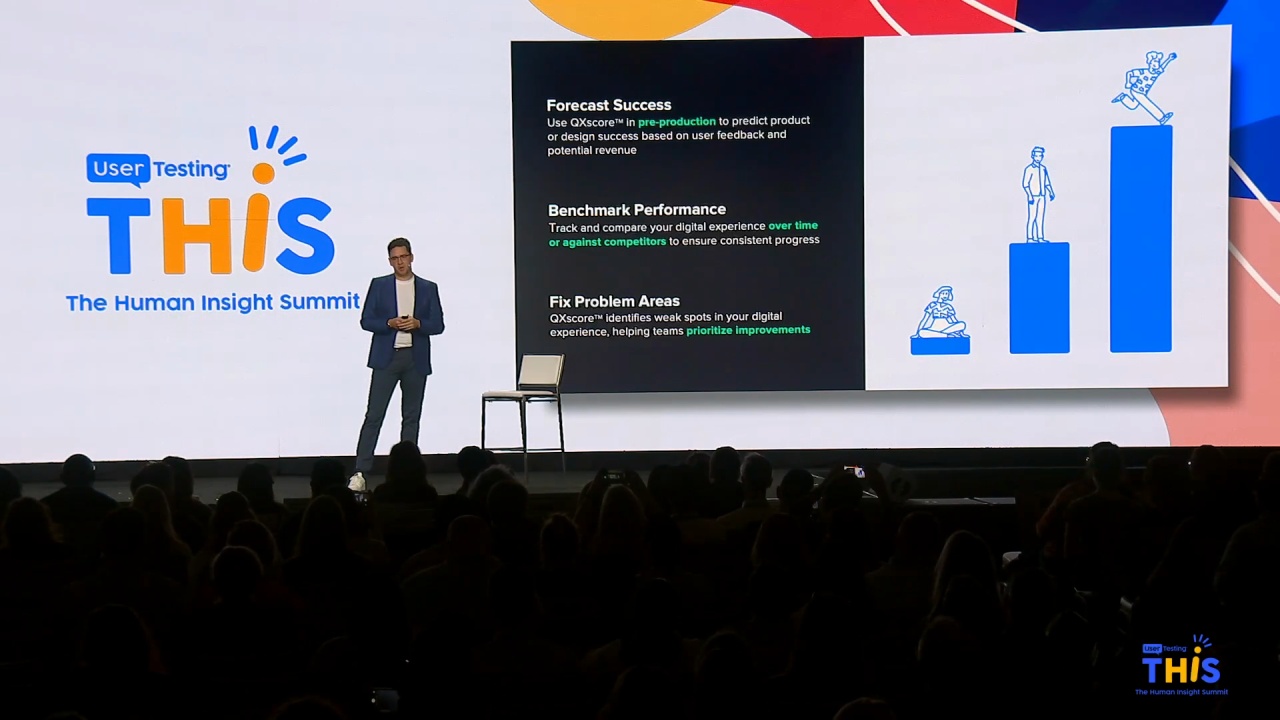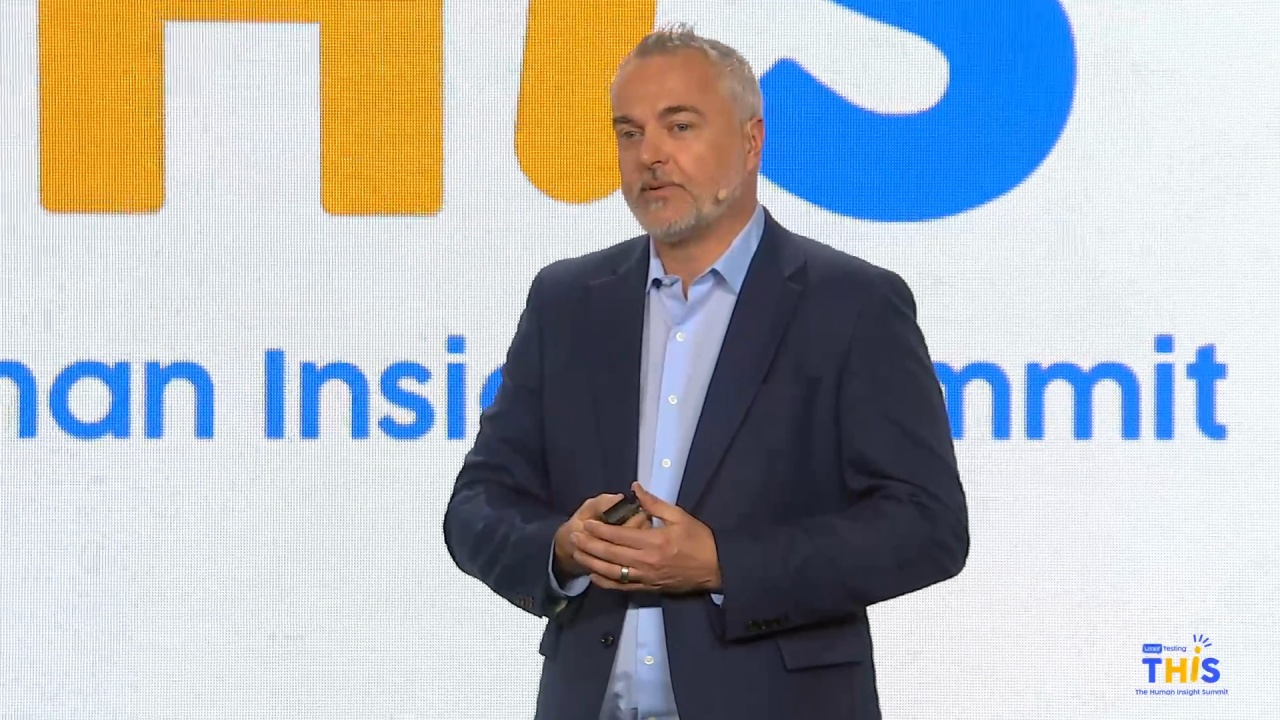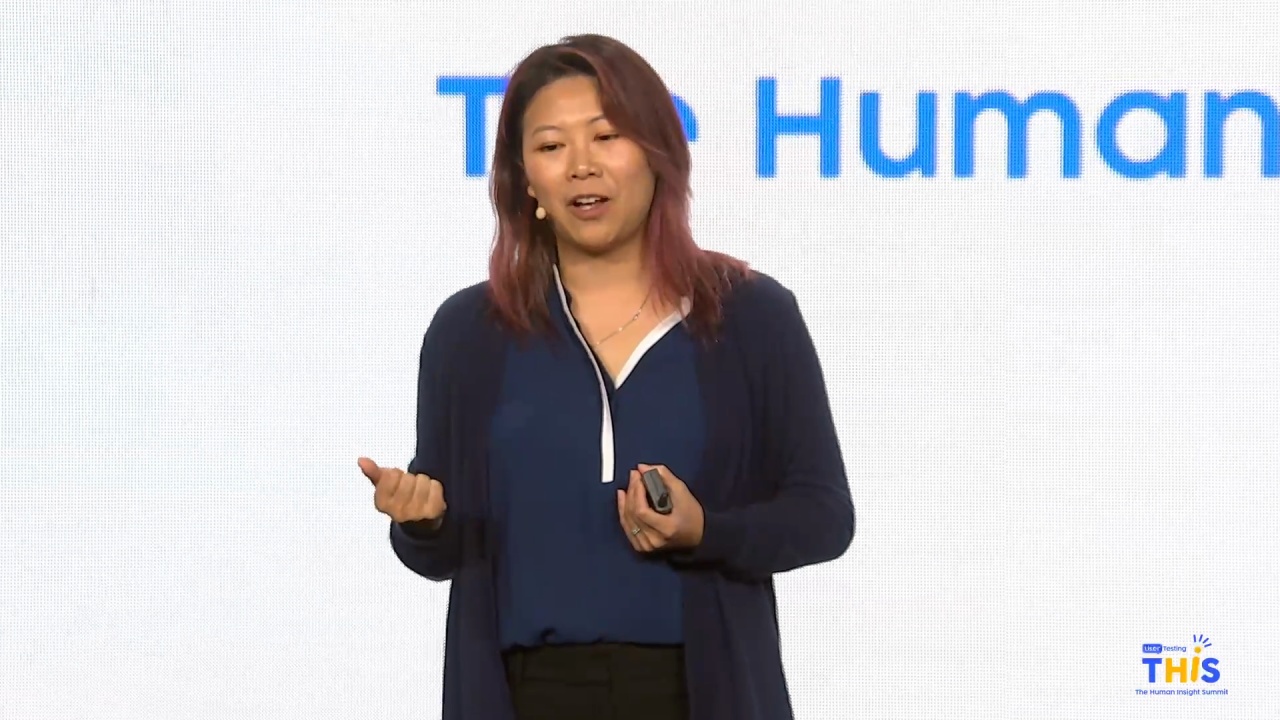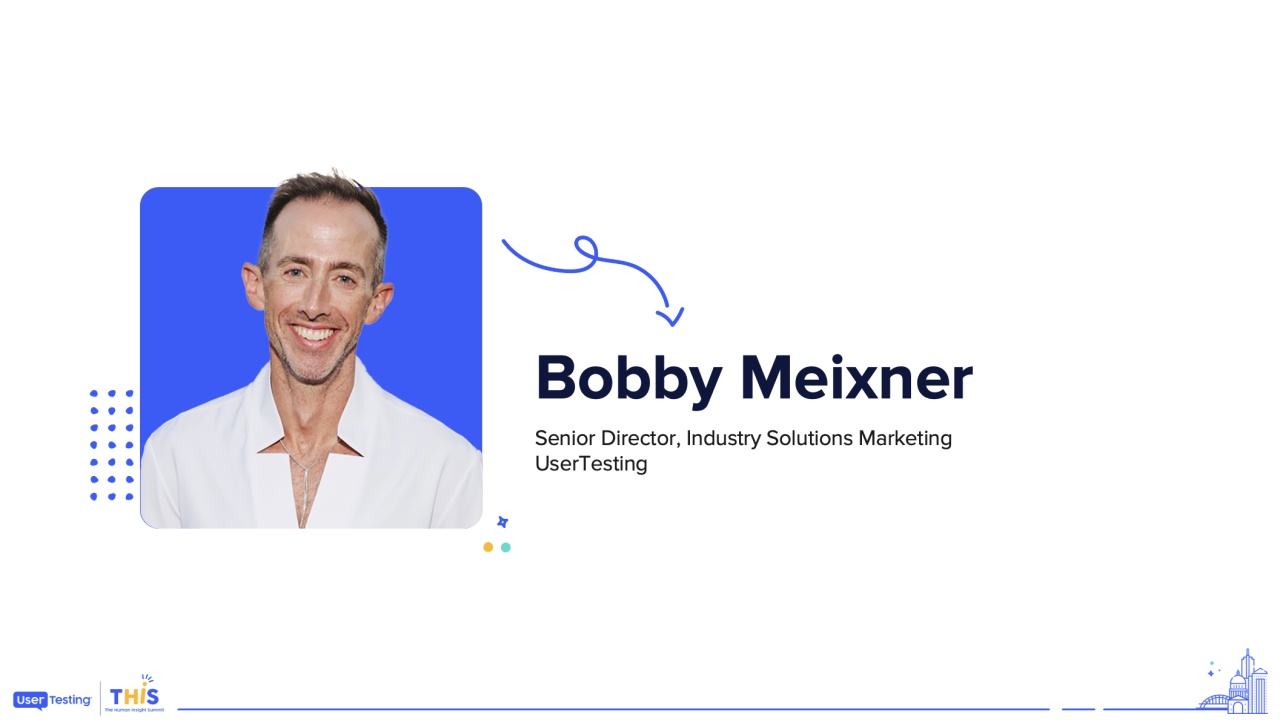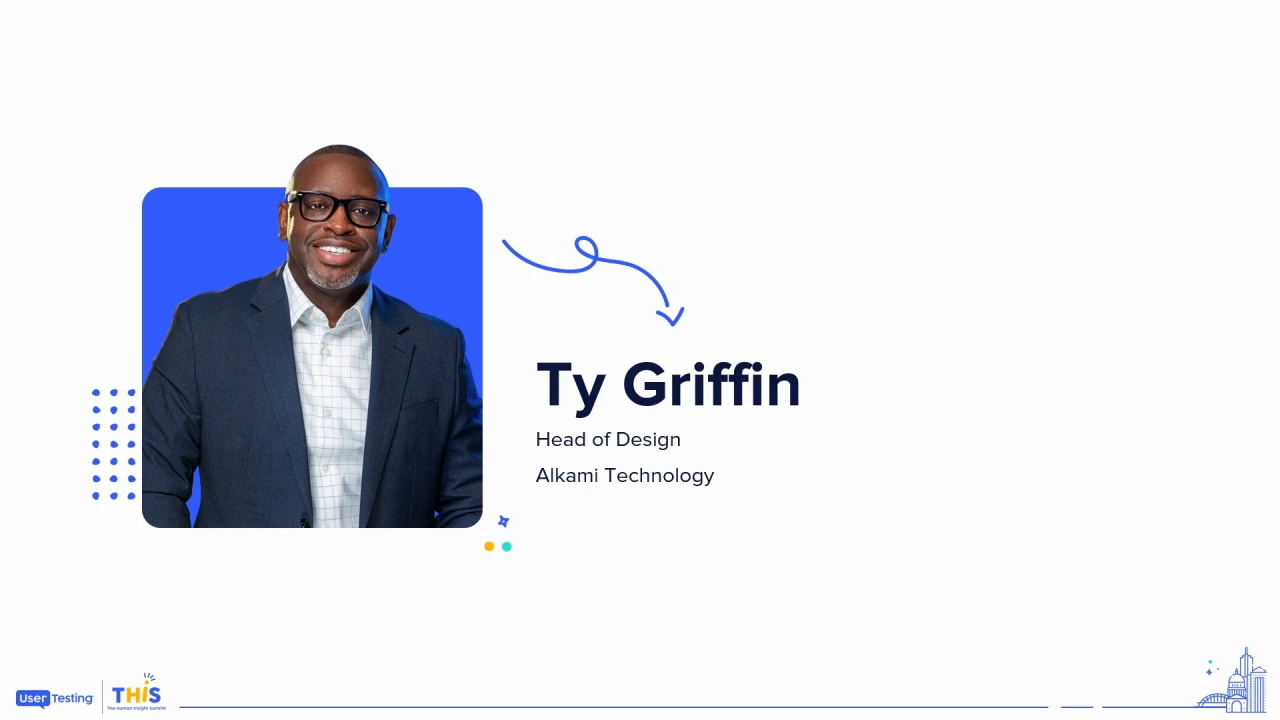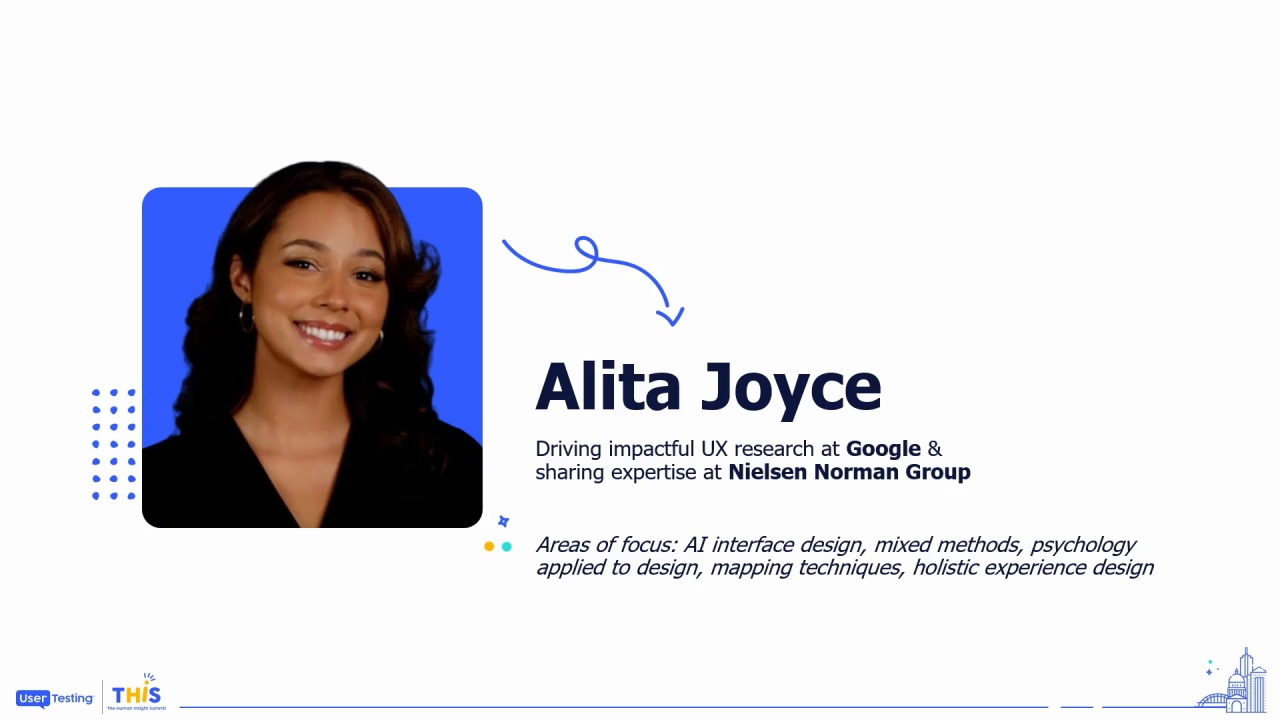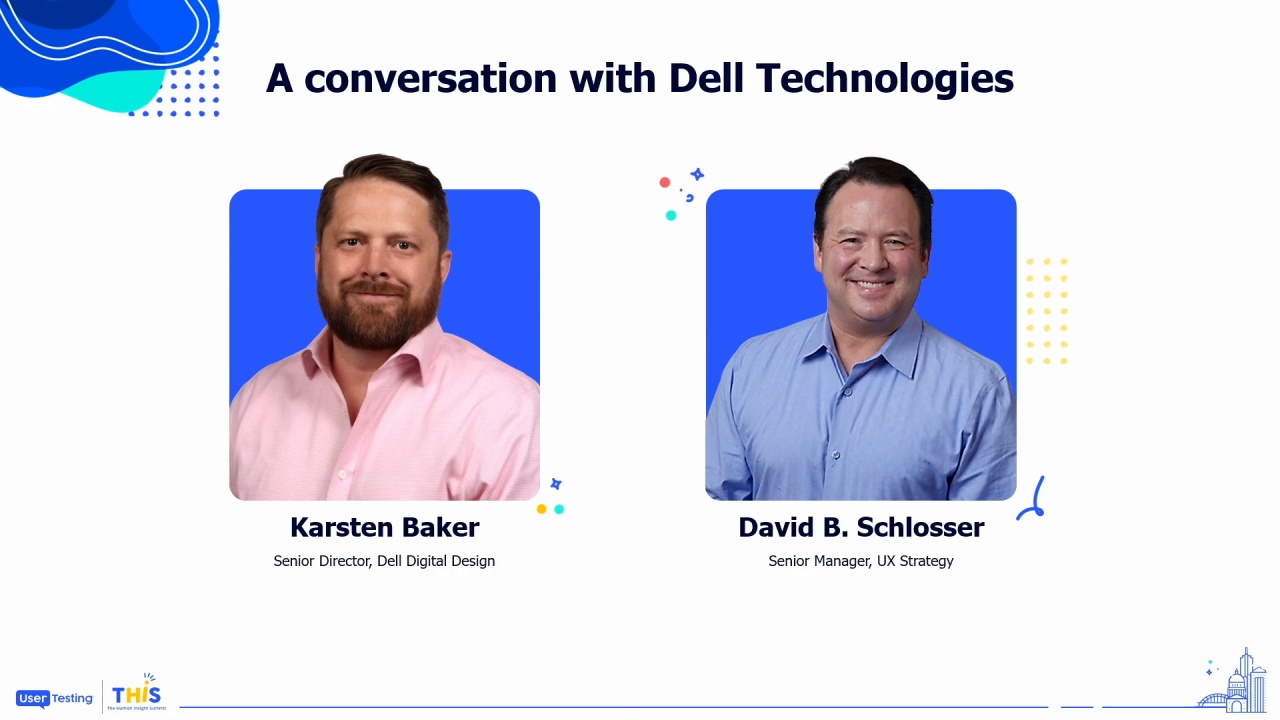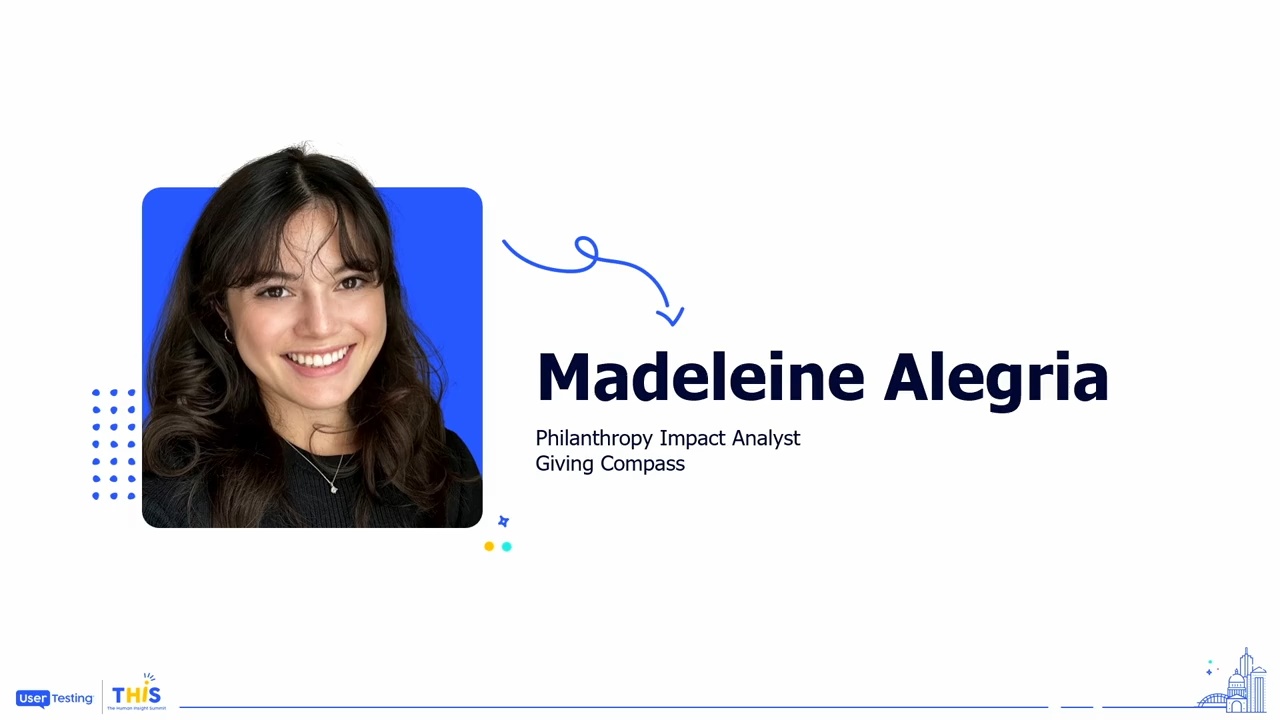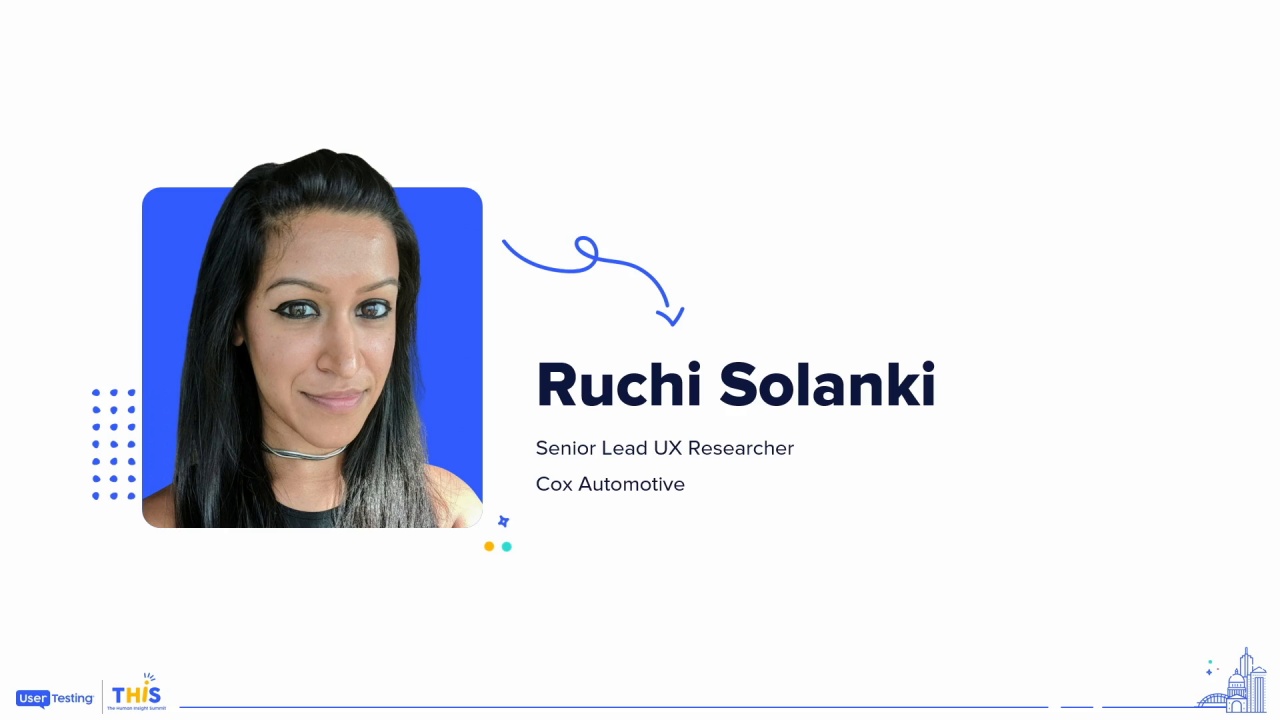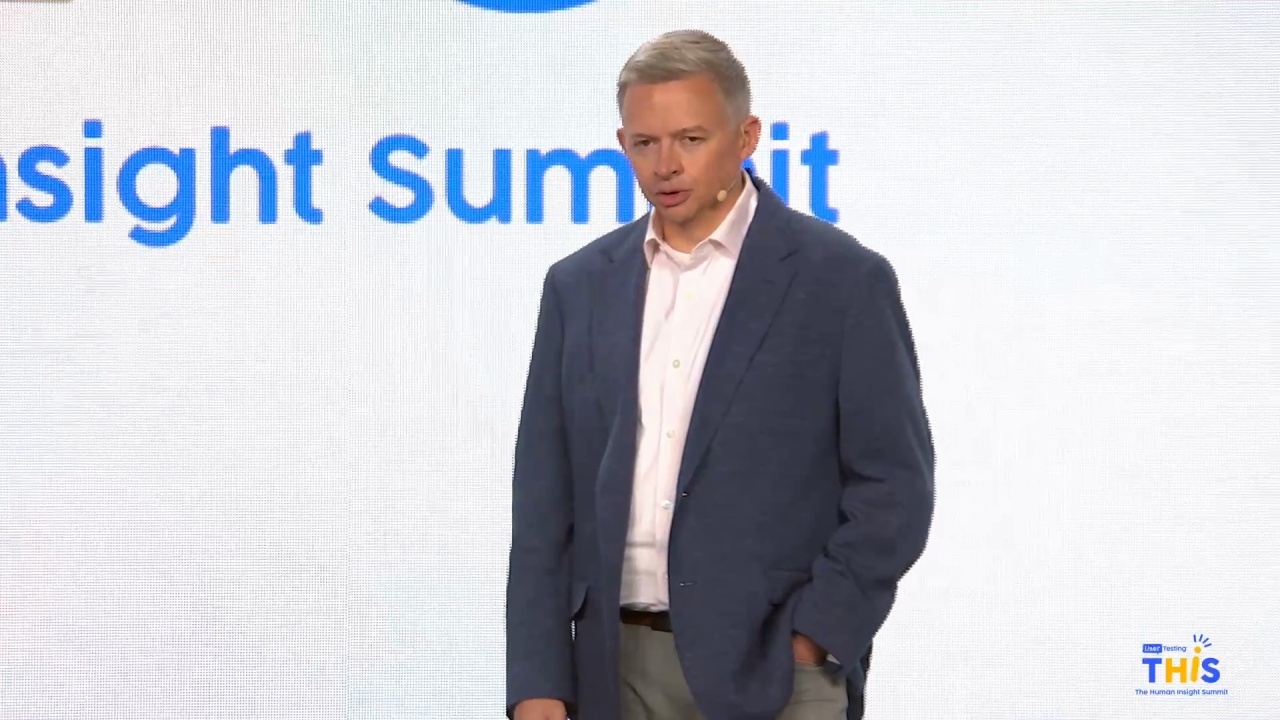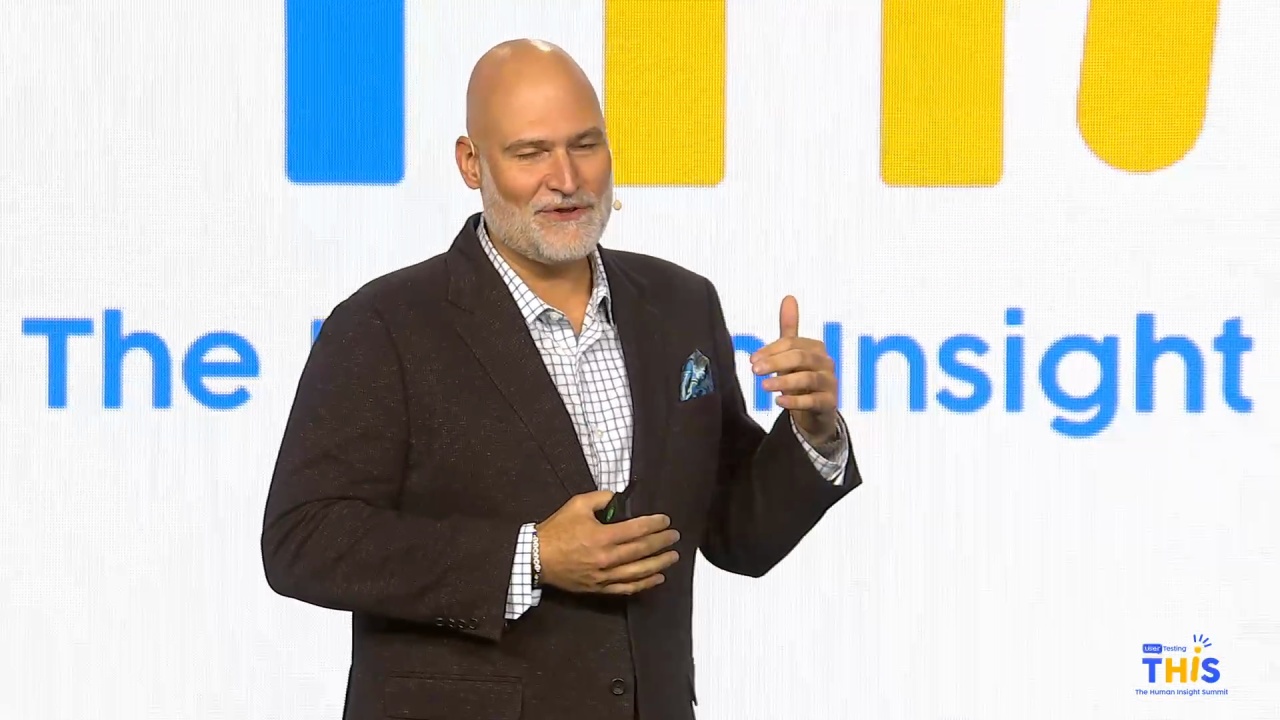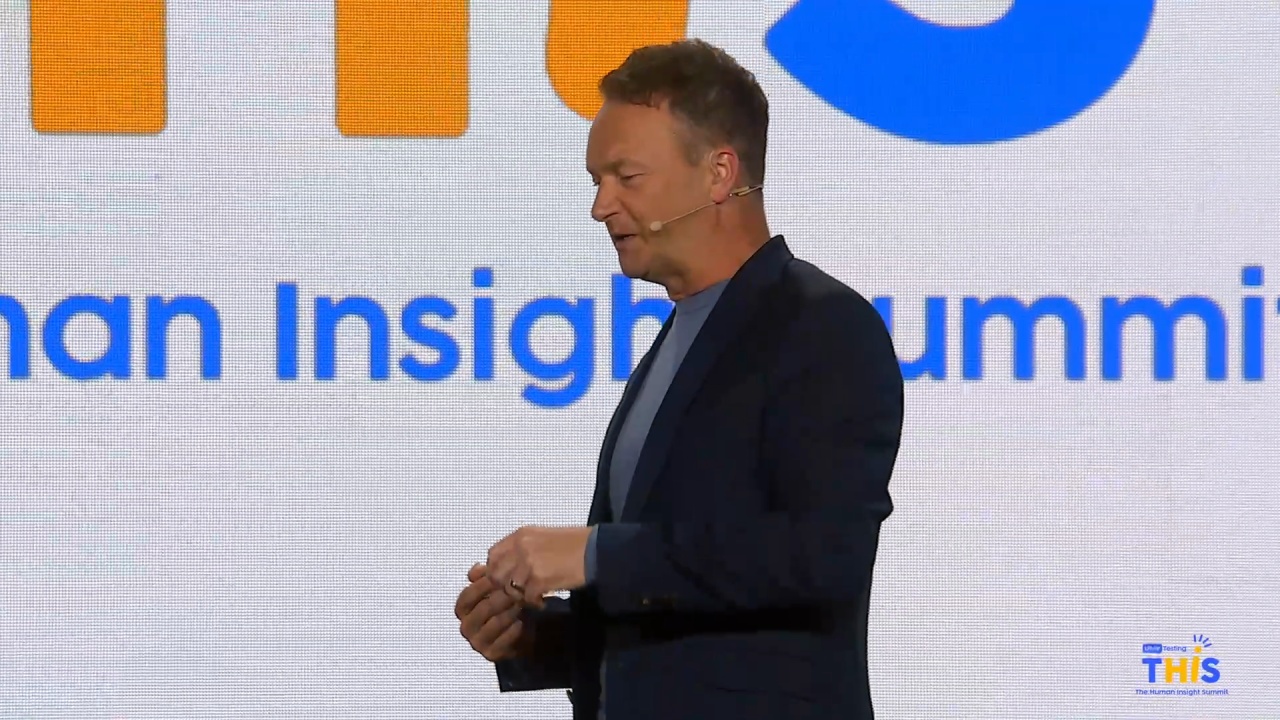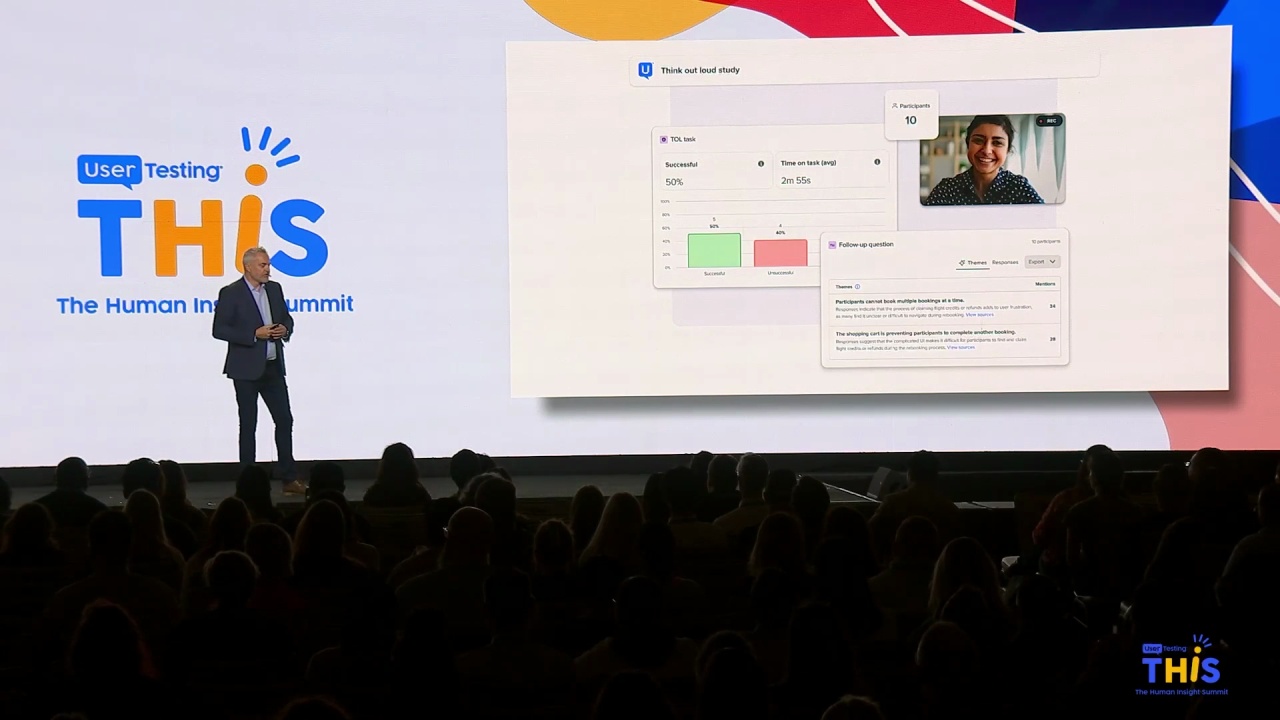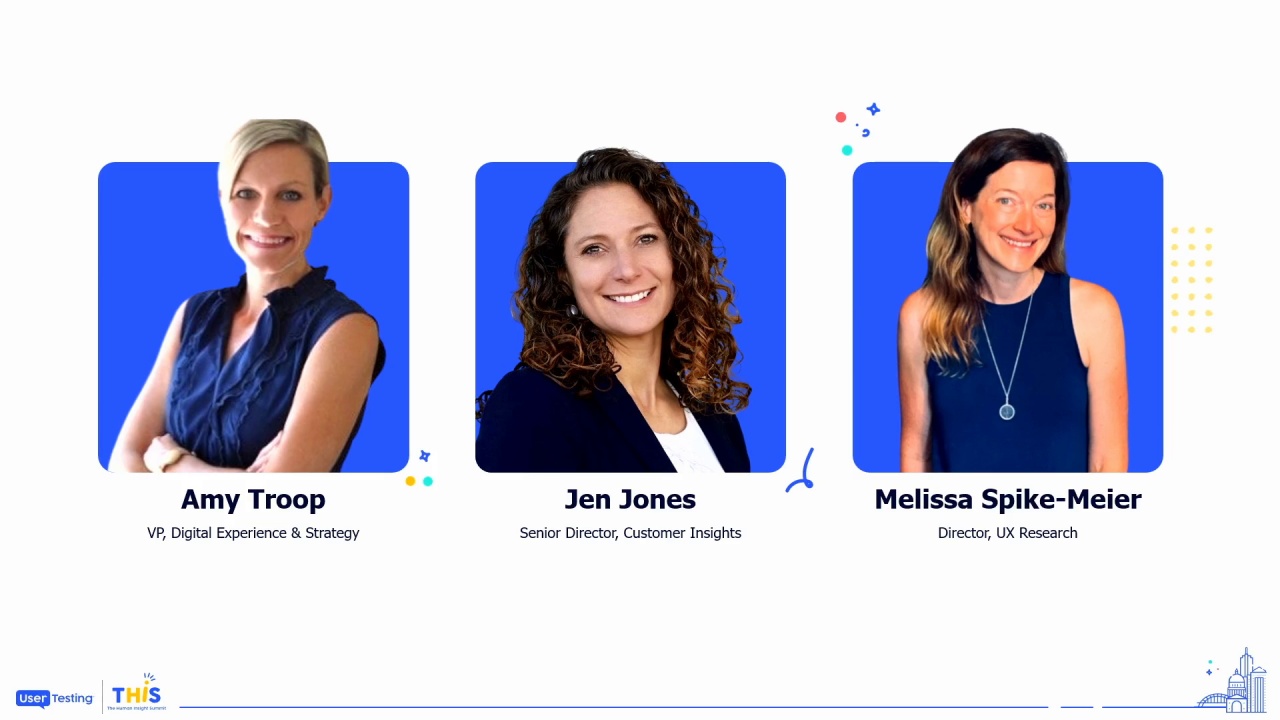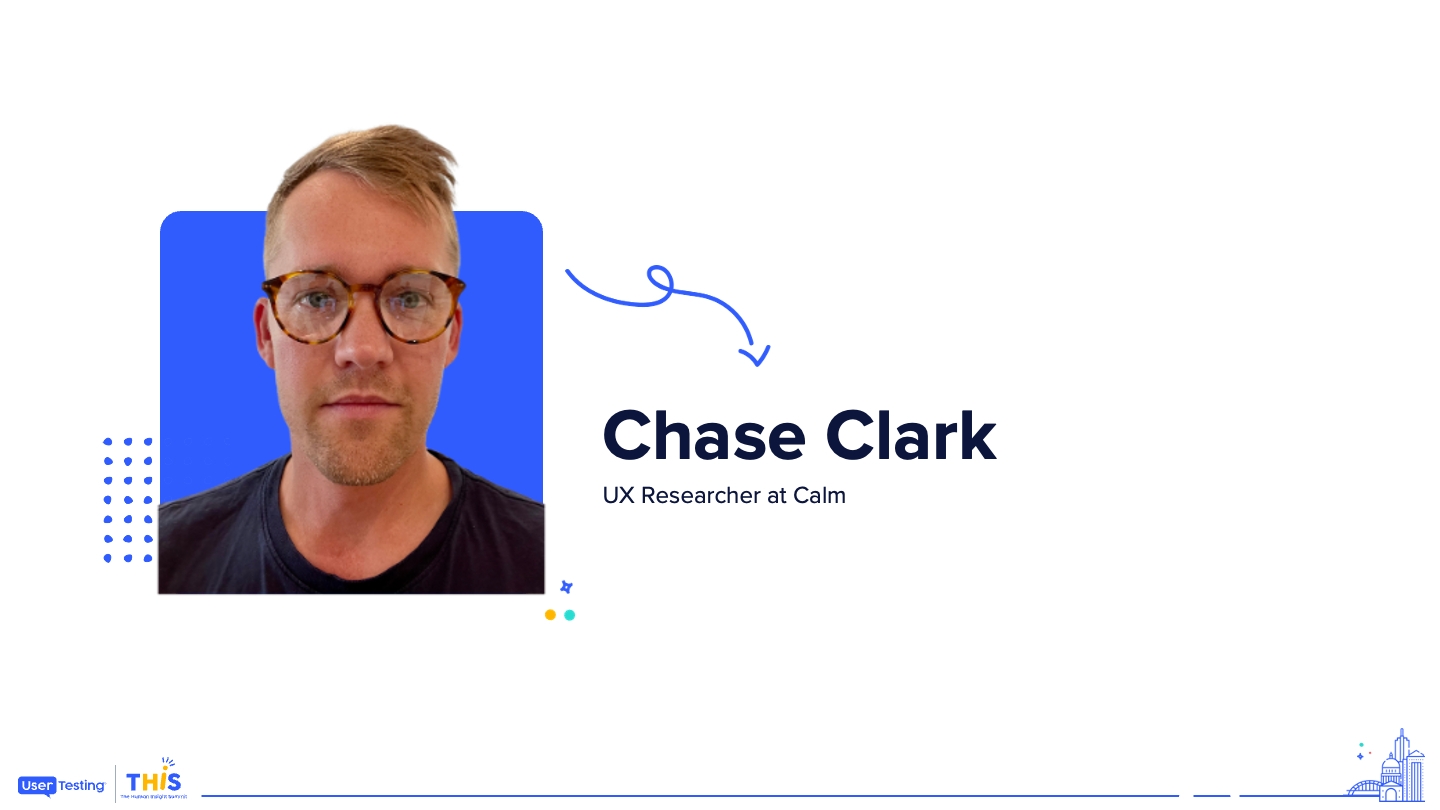
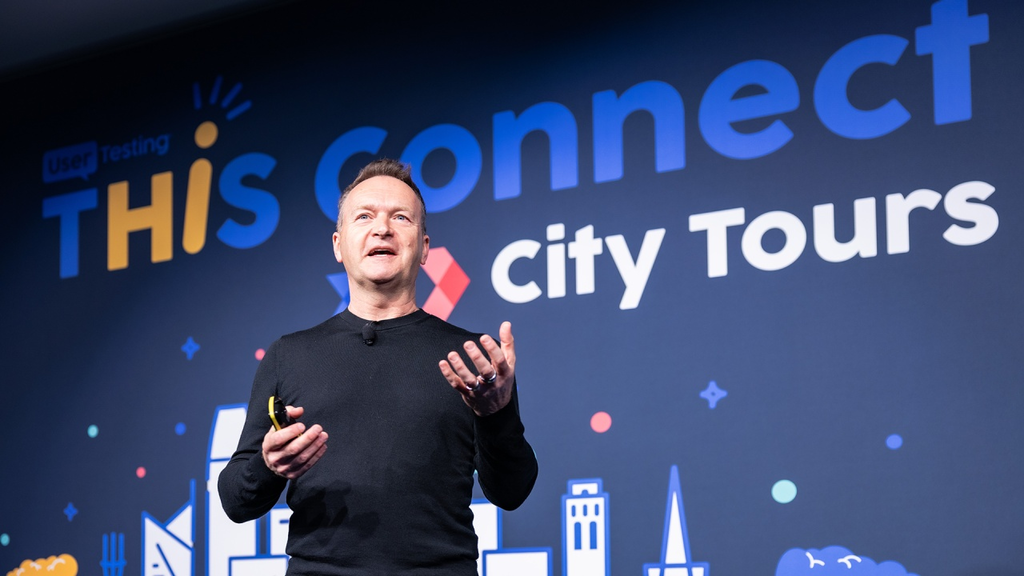
Jamie Anderson: The Experience Gap
Jamie Anderson
President, UserTesting
Joe Megibow
Former CEO, Casper and Purple
As inflation, tariffs, and economic pressure reshape buying behaviors, customers are becoming more selective—and less forgiving. In this environment, price alone won’t win. In this keynote, UserTesting President Jamie Anderson, joined by former Casper and Purple CEO Joe Megibow, explores the growing gap between what companies think they deliver and what customers actually experience. Together, they’ll unpack why traditional feedback methods fall short, how expectations have outpaced CX investments, and why closing the experience gap with real human insight has become a business imperative.
So good morning, everyone. Good morning.
Everybody good with the accent? First of all, I have to check that. Right? Can everybody hear me at the back?
Can everybody understand me? It's different question. I just wanna doing a bit of research myself there, you know. So welcome to, this Connect San Francisco. This is one of a series of three events.
We're doing San Francisco, and then we go to New York. And then we go to some place where my accent is even funnier, which is London. So that's the third one. So, welcome.
Today, I've got a...
So good morning, everyone. Good morning.
Everybody good with the accent? First of all, I have to check that. Right? Can everybody hear me at the back?
Can everybody understand me? It's different question. I just wanna doing a bit of research myself there, you know. So welcome to, this Connect San Francisco. This is one of a series of three events.
We're doing San Francisco, and then we go to New York. And then we go to some place where my accent is even funnier, which is London. So that's the third one. So, welcome.
Today, I've got a a little keynote. I've got some stuff to share with you. I don't know what you know about me. Probably not a lot, but, I actually began my career as a as a developer, designing applications, which were really designed to transform customer experience away at the beginning of CRM.
So I worked for a very innovative company back in Scotland that competed with people like Siebel Systems and Cording. And we redesigned and re architected customer processes, and we we displayed them at the time in web based UIs to make it really simple for users of those applications to access very deep complex processes like a mortgage origination process or change of tenancy and utilities or just get your bill, all of the things that were very difficult to do and would mean that you would physically have to go into a branch to do them. But as the world moved towards things like contact centers and it moved towards, you know, Internet and Internet banking. We wanted to put more of those processes in the hand of customers. So that's how I kinda started my career.
And it's really interesting. And I'll kind of because I'm a bit of a throwback to the nineties, I'll make some nineties references along the way. But there is an experience gap which has emerged.
And as Eric alluded, look, customer expectations are rising all the time, but they're also they're constantly evolving.
So I might talk a little bit about that, and then I'm gonna have a great guest, Joe Megaboe, is gonna come and join me. We're gonna have a little chat here in these sofas, and we'll dig into some of the findings a little bit deeper.
So the first thing, I think we all noticed this. It's like, if you're a customer, if and we all are, we're customers and consumers, it's constantly evolving. Eric spoke about, you know, look, I was watching, you know, Bloomberg this morning.
We all have a reaction to everything that's going on around us, and it shapes how we think, it shapes how we feel, and that's really critical.
Even right now with the things like the economic pressures, tariffs, it changes everything. Whether you're a consumer or you're a b to b buyer, it makes you stop and think about the decisions that you're making. It makes you question your loyalty to brands or companies, you know, in the face of things like price uplifts. And all of these things are affected by, you know, like, global economic shifts as well.
So this idea of the experience gap is something that I'm going to dig into because what brands think they do by provision of great experience and what consumers and customers actually think, I'll show you are quite wildly different.
But from the beginning of almost like beginning of my time and technology, the one thing that separated the great brands from the not so great brands is the experience that they provide.
And experience has been the new battleground for a long time. That when this book was launched in nineteen ninety eight called The Experience Economy, and I thought it was a really kind of seminal moment in the way we think about, you know, whether it's customer relationship management or just how we engage with customers.
And it was a big thing to call it the experience economy because, actually, it is an economy.
And getting it right makes a huge difference to your business.
If I go back through economies that have existed, you know, for the last hundred years, we had the industrial economy, which was the first one. And economies are usually defined by, you know, a shortage of something and an abundance of something else. And if you go back to the the dawn of the industrial revolution, there was a real shortage of products. There was no shortage of people, but there was a shortage of products. So we moved into this super fast, produce lots of goods, motor cars, you know, engineering excellence. You know, we'd provide, you know, like heaters, lamps, everything. And so we did that at scale.
And then the next thing that happened was we had a proliferation of products.
And the one thing that was lacking and this kind of happened, it's so this the change over that was late sixties, seventies.
And I sometimes call it not so much the consumer economy late, but the kind of dawn of the mad men. It's when advertising came to be because the missing ingredient between the consumer and the thing, the product, was desire.
So advertisers came along, created the consumer economy. It really burned with it. You know, I mean, advertisers would tell you things like, it's great if you're pregnant to smoke. Right?
A menthol cigarette. Really good for the baby. Comes out minty fresh. Now now that was a real thing.
Right? So then we had that economy. The next thing that really happened was we had more products than you could possibly imagine. We desire for those products, but then the differentiation became the experience.
Because the products became a commodity, you could manufacture them at a scale. The price point was pretty much the same. The consumers knew what they got, but the consumer was also becoming much more informed by the Internet, by reviews, by peer reviews, by what other people thought. They were influenced by their friends or family around them through social media.
So the experience economy is born.
Now investing in the customer experience has a clear payback. It is a differentiator. I always think about the experience and I'll I'll I'll cover this a little bit later as well. But experience, it changes depending on what it is you're trying to do.
For some people, the experience is convenience. Right? You know, it's like how quick you can get something done. For others, it's a more immersive experience.
You know, and for others, it's just it's a super quick checkout.
But it is a differentiator if you get it right.
And if you get it right, and this is a fantastic piece of research. So John Peacold of Watermark Consulting tracked the Forrester CX index over a period of sixteen years like you would track a stock portfolio. So over a period of sixteen years, he looked to the customers who ranked high for us to do this thing called the CX index. I don't know if anybody remembers it, the customer experience index, and they would publish every year the people that ranked highest for customer experience. So they would do independent research and they track this, right, and every year, they would produce a new report. So John Pico and Watermark Consulting looked at the cumulative ROI of that over a sixteen year period and actually determined that this the CX leaders, the people who consistently ranked high for customer experience, outperformed the CX laggards, as they called them, by a five to one against just the standard S and P five hundred index.
So unbelievable. Right? You know, it it shouldn't be difficult to justify the ROI of really investing in the customer experience. But to invest in it, you really, really need to understand the customer.
And there's, I think, where it gets starts to get a little bit difficult.
Because over the last I don't know how many years you would put it. Well, look, if you look go back to this is Scott Brinker's Martech landscape. Right? And we used to really buy into this.
And back twenty eleven, when we started it, there was a few hundred platforms on it. Today, there's fourteen thousand one hundred and six solutions and platforms in that entire landscape. And I think that's I think that's phenomenal. Right?
I also think it's really worrying because it tells me we found we've invested in this technology.
We found ways to communicate more efficiently with customers, whether it's things like Marketo and all these platforms that we we believe in and we use behavioral analytics. We can analyze everything. We can collect every data point that is possible to create.
And now we have AI, which helps us go through all that data that we've collected in multiple systems and come up with things for us to do.
Now we use AI as well quite extensively in a business.
But again, you've got all this data and then you apply things like AI to supercharge it. And you do things like, hey, I wanna reach out to customers on a one to one basis. I'm going to use all that data, all those things we know about them, operational data, experiential data.
I'm going to put the customer in a cadence, and then we end up with something a little bit like this.
Right. So by the way, full disclosure, that's me. I'm in those pictures somewhere.
Right? I have long hair in one of them. Right? But I thought this was hilarious because if this is something somebody sent me now, they've obviously gone and done their research, said I really wanna connect with Jamie. So what I'm gonna do is I'm gonna put together an email cadence that's gonna hit him, you know, like every week on a Monday.
And it's gonna remind him that these guys he hasn't talked to for twenty seven years think he's awesome. And I can tell you, they do not think I'm awesome.
I broke up the band. I'm Paul McCartney. Right? I did it. I walked away.
And, but actually, listen, there's a little bit of creativity in here. So I didn't want any I didn't want any name and shame. But what it lacks is context.
It massively lacks context. I'm I'm kinda it's a bit creepy as well. It's just it's sort of just gone that little bit where I'm slightly creeped out by it. But but actually, all the guys following is the one to one market in Playbook, which was launched in nineteen ninety three when I was in a band.
Right? So we've always had this idea, you know, and we call it kind of ABM or ABX. But we've had this idea of getting closer to customers. We've got more data.
We've got AI. What could possibly go wrong? Right?
Now the experience gap the stark reality of the experience gap is we have all this data. We measure everything. Right? Everybody's business is instrumented within a degree of its life. We know what's going on in our business.
We think eighty seven percent of customers believe they deliver an excellent customer sorry. Companies believe they deliver an excellent creates a great experience?
Well, look, It could be luxury.
You know, staying in a luxury hotel.
You feel good. Right? You feel good about that.
It could be comfort. You know, put the fire on, just chill, relax. You know, there's comfort associated with that.
It could be service, like it's just fast. It's efficient. Or it could be service when you're in a five star, you know, like, or a Michelin star restaurant, and everything just makes you feel super good. Could be speed, exhilaration, that moment, you know, when you're when you're absolutely buzzing because you've had this amazing experience and it's exhilarating, the roller coaster, a fast car.
But the point of it, it's a great experience makes you feel something.
You feel something inside.
And that is the part that gets missed very often when you're designing an experience because you're gonna think about how that experience makes that target intended audience, that user, that customer feel. I often think about it even in the terms of marketing. I was a CMO for a while, a few years ago as well. I spent a fortune with my agency, right, to get four reports every year. Right? And those four reports were quarterly reports that said what my NPS score was for all my products. I had five products at SAP that I looked after.
I also got share of voice in media, so I kinda benchmark in how my marketing, my campaigns, how my messages were resonating versus Adobe, Microsoft, Salesforce.
And I got all this insight, and I got it every quarter.
A nice PDF and a PowerPoint presentation so I could take it to Bill McDermott and show him how awesome my team was. And we did that, but there wasn't a lot that was actionable in it because so much time had lapsed since each of those experiences had happened.
So I think when I think about experiences, all of those things, and sometimes all of those things at the same time, but it's how all of those aspects can make you feel inside.
And the way we do it today and this is why I pause it that some of the traditional methods we've used like our data and analytics. I often say, look, every part of my business was instrumented. I could see what was happening in ecommerce, what was happening in my sales platform, my service platform. I could tell you everything that was going on. I could stand up in the boardroom and say, this is what's happening. Boom boom boom.
But when probed, I couldn't tell you why.
Behind the data and the analytics, somewhere there was lurking the why, and we just didn't have that.
I find surveys.
I think there's some good quantitative data and feedback I get from a survey. But also with a survey in many cases, we're pre pre programming the responses that we want.
And in a survey, you lack that ability to go outside. I always say that kinda innovation happens happens on the edge. It's the thing that you weren't expecting to hear. It's that little nugget that a customer gives you that you go, never thought of that.
And just being aware of the fact that, you know, you might have assembled the greatest team in the world, but there's something that they're not thinking about. There's something that they might miss. And sometimes a customer unlocks that. You'll never find that in a survey.
And that NPS that drives it is such a a a backward measure in the sense that the experience has already happened.
Focus groups, I've paid a lot of money for focus groups over the years. Right? They, they don't scale and getting the information back and making it usable can be really, really tough as well.
So when I think about user testing and I think about what we do, if you think about customer experience and you think about that emotion, the only way you tap into that when you build better experiences, when you design better applications, when you design things you want people to use, when you create content you want people to engage with, you have to have that insight from the human being.
You have to determine whether that insight in that thing creates the emotional response that takes that engagement to the next level. So if you take the human element, you take the artificial intelligence that enables you to actually scale it, which is the hardest thing to do with real consumer feedback and consumer insight is scaling it. But, obviously, with the platform we've got, we've developed that capability and then to integrate it into the applications and the business workflows, the processes which you can define internally, whether those are development processes.
Right? Whatever you do, you integrate that feedback into it and into the applications that you can use.
That is a human insight engine in a nutshell, enabling you to basically close that experiential gap.
I think it's a superpower.
I think to know what your customers think, what they feel is a transformative superpower that we can harness at scale.
A lot of the customers I speak to and a lot of the customers I'm gonna speak to when we go and do this, you know, this city tour, for many of them, it's not about all of the super deep research that's done. Right? That is really important.
But for a designer, for a product owner, for a marketer, quick validation.
I wanna know direction. Before I engage my agency, before I take this to the next level, before I engage my research team, I just wanna validate that this decision, this thing that I'm building is directionally right, that we are moving in the right way.
Then the ability to co innovate at scale, build ideas together.
So recently, we started working with Universal Music Group.
Seven hundred artists, you know, direct to consumer. One of the things about music I know a little bit about music. Right? But one of the things about music is digital downloads music and that has has transformed the industry.
Artists go on tour now and make money. How do they make money? Not just from the exorbitant ticket prices who went to Taylor Swift. How many people went to Taylor Swift? That was expensive.
That was really expensive.
But she made so much more money on merchandising and connecting directly to her fans. So if you're Universal Music Group and you have seven hundred artists on your a and r repertoire, going direct to their fans, understanding what their fans wanna see, the digital experience they wanna have beyond the music, the things that they wanna buy, that's huge.
So co innovating with your audience is really, really important. And I come from a background back in design and product. A long time ago, when we were told, launch quick, fail fast.
Right? Launch quick, get shit out there. Get it out there. Get people using it. Launch quick, fail fast. In the digital world, in this extremely competitive digital world that we're in, you don't get to fail once.
You've got to get it right first time. If you launch a shitty mobile banking app, people will delete the app and they won't bank with you. They just won't do it. Why?
If you release something like an app which then pushes you out to, you know, like a web page to reauthenticate when you're already signed into the app, that's a big no no. I'm not gonna use that app. I'm probably not gonna use that brand.
Now you would learn that from feedback, but it's kinda too late. Why when you get that feedback before you build it? I'm just saying. I think that's the world we live in today. You know, the consumer does not have the same patience as maybe many of us had when we were all just finding our way and trying things out in this digital world. We've moved way beyond that. Some things call it it's like digital normalization.
That's where we are.
So when I think about some of the customers that I've loved spending time with getting to know and listen to, the ROI really is there if you do these things. I think about Wells Fargo determining that people spent sixty seconds in the app. And what they did is they started to look at, well, if I've got sixty seconds of someone's attention, how can I introduce them beyond the transaction, making the transaction really seamless to do?
How can I then engage them with other content? So they created an index internally, which was actually called the content appeal index.
I mean, that's marketing. Right? You wanna make sure that the content is getting consumed and appeals to the person that you're trying to connect with. So by developing that, they increased their CSAT score and reduced churn, which is pretty massive for any business. And Walmart, through their mobile app as well, it was the why to the I mean, Walmart know everything that's going on. I mean, they can tell you, you know, like, the margin on any product in any territory.
They know everything that's going on. But what they didn't know was why things were happening. So they wanted to really understand their customers and blend that rich insight into actually making their app much, much better to use, The search and merchandising capabilities on it to find things faster, to make it easy to check out.
And there's clear, clear advantages in getting those things right. And they only get it right through real human insight.
So this one, this is my last slide, and then I'm gonna have someone that knows a lot more about this on stage with me. Right? But I always am anchored in this idea that I kinda grew up believing the customer is always right. It's a very misappropriated quote. Does anybody know who said it? Who do they think said it?
Because you're gonna be wrong. Right? Somebody as well raise your hand. No. I so I always used to go Peter Drucker said I read this.
I would say to people, it was Peter Drucker that said the customer is always right. It wasn't. I was wrong. It actually goes back and it says it says it's a misappropriated quote.
So it actually goes back to Marshall Field, right, in eighteen eighty one and his flagship store in Chicago said, give the lady whatever she wants.
That's where it comes from. And it's but it stuck with us and anybody that works in customer experience, I mean, the whole phrase, the customer's always right, it's just it's it's you exclaiming and saying, look, we're a customer focused business.
We believe in the customer. We're a customer driven business. That's where it comes from.
And so if the customer is always right, why don't we ask them?
Why don't we ask them more?
So that's it. Now, I'm about to welcome on stage, Joe Megaball.
So this is a leader who truly knows how to build brands that connect with customers. So save your applause, not for me. Let's give them to Joe. Right? Joe, you ready?
Hey, buddy.
Good to see you.
So listen.
I have an I know Joe. I've had the pleasure of meeting Joe before. But for the audience, to tell the audience a little bit about yourself.
Sure.
Hello, everyone. Thanks for having me.
Been a user testing customer for, I think, more than a decade now, which, I guess I'm the right guy for the stage then.
I, spent a back half of my career. I spent a number of years at Expedia dot com, was general manager of the US business. I, was chief digital officer at American Eagle Outfitters for a number of years, led, CEO of Purple Mattress shortly after it went public, which was not a profitable company, which we got to a very profitable company. Most recently was CEO of different mattress company. Don't ask me which is better. They're both great.
And, we, we sold that business. That was private equity back. We sold that business to a a strategic end of end of this last year.
Excellent. Well, look. One of the when we first met, Joe, I I remember you saying that, you know, customers are sharing. Right? They're sharing all the time, and your question was, like, are you listening?
That's right. Yeah.
It's a I mean, I love that you put the peppers and runners book up there.
I remember that.
You know, which yes. Ninety three. Which I I prop them up. They're terrific people. I I prop them up as an example of how much we failed.
You know, the experience gap used to not really exist in traditional consumer businesses and retail because you are facing the consumer every day. You know, you bring up Marshall Field or the great merchants in retail I've worked with. I knew what they were doing on the weekends. They were at the stores watching.
They could see. They knew Monday morning before we brought up a single sales report on whether or not we had a good weekend or not, whether the promo worked, whether we connected with customers because you could see it with your own eyes. Testing was easy. Pick a store. Try something. And you got very quick, immediate, human centric feedback on what things were working. And then the web came along.
And Peppers and Rogers says, this is gonna be everything we need for, customer experience. We're gonna finally have this vision of one to one marketing.
And, we then tried to spend we spent the next couple decades basically trying to solve it as a math problem.
That was it. We had more data to measure than we ever had.
And what are we gonna do? We measure it. But that has nothing to do with the customer experience. Every day, your customers online are talking to you.
They're writing reviews. They're calling your contact center. They're sending in feedback. They're sending in emails.
They're posting on social. There is content everywhere.
In most businesses, they're talking at the businesses. The question is, are they talking with the businesses? Are you ingesting that information as an asset? Because they're telling you how to make money. They're telling you how to succeed. The question is, are you listening?
So it's interesting because you're talking about, you know, business leaders going into these stores that observing, you know, what's going on. One of the other things you said, was that you didn't think that listening can be delegated. It has to come from the top. So why why do you think that there's still many leaders that struggle with that? And how would you how would you change that?
I mean, I we are, we are responsible to financial results and as the higher you go in the organization, that is ultimately what you're accountable to. And that is something very measurable. And we tend to favor the things that are quantitative, measurable, and where we can tie actions to clear outcomes. And as you get into the world of customer experience, that tends to be something that plays in longer horizons and is harder to measure.
It just is. Though it can have some of the highest rewards and can often be the canary in the coal mine on predicting whether businesses are going to succeed or fail. So, you know, I I do believe this has to be led top down. You know, an an example of something I've done for the last decade in every company I've been at is, is once a month, I pull everyone together, my entire executive team.
Finance, operations, you name it, HR, Pull everyone together and we spend I I call them pizza parties because we'll do it after work and well, back before we were all remote. Now I send gift cards. But, you know, we'd bring in a a few pizzas and I'd feed everyone and, we'd spend an hour and a half, two hours just listening to calls in the contact center. Sometimes live, never know what you're gonna get.
Sometimes, prerecorded.
And it wasn't about assessing how good the contact center was. It was about listening to the customers.
And I would say, in more than a decade of doing this, I can't name a single time that we did that session that we didn't walk away with something actionable that drove value to the business.
A quick silly example.
At one of the mattress companies I was at, someone calls in and we're listening to this recording. And, they had bought one of our less expensive mattresses. They were later in life. It was a warranty claim.
And they said, hey, since you're sending us a new mattress anyway, can I pay the difference and buy one of your much more premium coil expensive mattresses? And the agent said, I don't know. Let me go look into it. Then they looked into it and came back and said, sure, we'll take your money.
And we hear this. I'm like, well, that's a really good idea. Why don't we offer this to every single person and institutionalize this and make it something that we we can add value for our customers?
And it turned out the take rate was in double digit percentages. And we took something that was a cost on the business and turned it into a creative gross profit and happier customers.
How? Not a single person on my team ever thought of that idea. We listened to the customers. They told us how to make more money.
So I mean, you built so you built that in to, if you like, you know, the the organization. Right? Yeah. How do you how do you make that kind of leap? Because that obviously, it's coming from you, but how how does that permeate the org? How do you get into the DNA of the org?
It's, again, I really think it has to be led top down. And, you know, you you can try to bootstrap these things, but then you are on a PR mission. You've really got to educate the organization on these things you found and the value it ultimately produced.
You know, which which is a campaign. It's it's finding the measurable things and finding the places you have economic wins.
But one thing I've done, and and I did this before I was CEO. I mean, as I was on the executive team, but not CEO, is I always brought this stuff in. I mean, an interesting thing is as CEO, you get angry emails and angry calls. I mean, there are people who just have their wits in, they've tried everything, and they're frustrated. And sometimes they're just just people who have things going on in their lives and they're just angry people.
More often than not, they're real people who have a real problem and we failed them as a company. It's just very hard to get it right every single time.
A hundred percent of the time, I talk to those customers personally.
And while that's, you know and and by the way, the number one thing I say is, I'm sorry.
And I say it genuinely. I mean, that's all most consumers wanna hear. And we, and I hand it off someone who can make it right for them.
But I also, a hundred percent of the time, bring those stories back to the organization.
And I make sure everyone in the org knows I'm talking to the customer. I'm listening. Here's what I'm hearing. And it sets an expectation.
We get survey data. We get review data. And, you know, you get the daily emails or the weekly emails that are going to a functional group who looks at these things every day. This isn't functional data.
It's company data. So, yeah, what I would often see is executive team would see, like, a monthly readout that's data. How's our NPS evolved? Yeah.
You know, an NPS is backward looking. It's, you know, it's a it's a it's a yardstick for how good or bad we were months ago. And it's very I mean, if you know your business, NPS is very predictable. I I can almost always tell you what it's gonna be next month because I know what we're doing this month.
You know, I flip it and I say, I want verbatims going to the management team every day. And, you know, and then I keep people on their toes because I read them every day. And, I come in and say, hey, did you see that comment? Did you see that review?
And, when everyone says no, they I get grumpy. And, and they all start reading it. But again, it's and again, I I was doing that before I was even the CEO. I I was having the whole executive team get things and they didn't report to me.
They were peers of mine. But I threw it in their inbox and I talked about it and I started trying to build a compelling case that there's things being told to us that we don't know or we've deluded ourselves into thinking aren't true. And you can't argue with live customers who are giving their actual experiences that they've had while they're pulling out their wallets and transacting with you. Or perhaps not transacting with you because you failed them.
So it's just it is a campaign of exposure. Of getting that user back into the conversation, getting that customer back in the conversation. And you do it at any and every level you can, and, it pays for itself.
So, Joe, I was gonna say so thank you, Joe. I I you know, I'm just listening to you, and it's clear. And by the way, I'd never think you could be grumpy. I mean, I've not known you that well, but I'm struggling with that one.
I I was just listening to you. Clearly, it's in your DNA. Right? And you've driven it through the organization.
I mean, if you're if you're talk obviously, talking to the audience here, and, you know, there might be not a CEO sitting in the audience, and they're working in, you know, the the research team, or they're working in the design team. How how do they get your attention? How do they get the c suite attention?
I, I mean, look, anyone in the c suite wants wins. They wanna I mean, who doesn't want points on the scoreboard?
And I've met very few leaders who don't, revel in things that make them look good. You know? So it's how do you set them up for success? How do you give them stories they care about? And I think, you know, there's a I think there is a, a resistance in organizations to celebrate success and to grandstand.
Yeah. In sports, it's the name of the game. I mean, if if you're the goat, you wear the shirt, you know, or or in some sports, you take the shirt off.
The, you know, you celebrate success. And and it, you know, and it turns out in life, success breeds success. People wanna be on winning teams. How can they possibly know if they don't know who's winning and they don't know where the successes are happening? So I just I encourage teams to, you know, I I I almost call it like do less and preach more. You know, it's get the wins, but then make sure the learnings are actually institutionalized across the company.
Because it's I mean, you think of the difference of a call center agent who's solving one customer's institutional change that saves solves every customer's problem. You know, that's the gap. And right now, we solve the real customer issues on a one to one basis. That is one place we do one to one, but it's not scalable and you don't get the leverage from those learnings. Or it's very, very hard for that stuff to feed up. So for those who have that visibility, I just encourage you to, you know, find it in yourselves to, you know, do a monthly newsletter, celebrate.
If if your company does announcements on wins or successes, get yourself in those lists, get the attention of someone and say, hey, wanna see a cool trick where we just made some money doing something new?
It works if you can tie it to value. Just celebrate those successes.
Well, listen. Thank you, Joe.
A serial winner. Thank you very much for joining us on stage today, and we'll move on with Thank you so much. The show. Thank you, man. Thank you.
